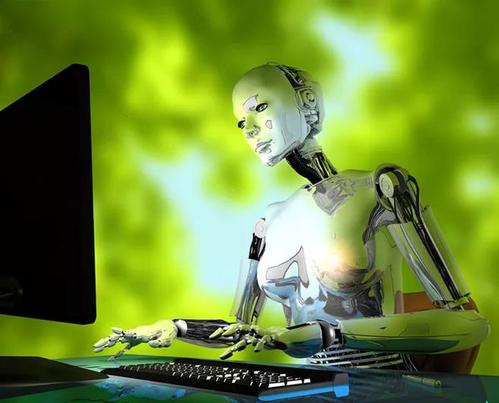Sensors are like the "five senses" and "touch" of the robot for intelligent robots, enabling the robot to perceive the external environment, monitor its own status, and accurately perform various tasks. From industrial automation to home services, from autonomous driving to medical surgery, the wide application of sensors has greatly improved the intelligence level of robots.
Perceiving the outside world: Let the robot "see, hear, touch, smell"
1.Vision Sensors: The Eyes of Robots
Visual perception is the core ability of the robot to understand the surrounding environment. Camera sensors capture image information to help robots identify objects and analyze scenes. For example, in the field of intelligent warehousing, cameras allow robots to accurately identify the location of goods on shelves for efficient sorting and handling. In addition, LiDAR further enhances the robot's spatial perception capabilities. By emitting a laser and measuring the reflection time, the robot can build a high-precision 3D map to ensure autonomous navigation and obstacle avoidance in complex environments.
2.Auditory Sensors: The Robot's "Ear"
Robots can not only "see", but also "hear". Microphone sensors enable the robot to have speech recognition capabilities that can receive and understand user commands. For example, hotel service robots can complete tasks such as room control and food and beverage reservations through voice interaction. At the same time, in the industrial field, robots can also use microphone sensors to monitor the operating sound of equipment and identify abnormal noises for preventive maintenance.
3.Tactile sensors: the "hand" of robots
For robots that perform delicate operations, tactile perception is crucial. The pressure sensor allows the robotic arm to precisely control the gripping force, ensuring that fragile items are not damaged or fail to grip due to insufficient force. For example, in food processing, robots use pressure sensors to gently hold fruits, and in electronics manufacturing, they can precisely grasp tiny chips to improve assembly accuracy.

Figure: The popularity of intelligent robots has led to the popularity of sensors
4.Gas Sensors: The Nose of Robots
The robot can also "smell" the gas change. Gas sensors are able to detect the concentration of harmful substances in the air and are widely used in environmental monitoring and industrial safety. For example, in a chemical plant, inspection robots can monitor the concentration of toxic gases in the air in real time and warn of potential dangers in a timely manner. In food production, gas sensors can also detect odors in the environment to ensure hygienic production.
Monitor your own status: ensure precise control and stable operation
In addition to perceiving the external environment, the robot also needs to know its own operating status to ensure accurate and efficient operation.
Joint Torque Sensors: Optimize robot motion control
Industrial robots rely on torque sensors to monitor the load on mechanical joints in real time. If the torque is abnormally high, the robot can immediately adjust its movements to prevent damage to the equipment due to overload. This is especially critical in precision manufacturing and automated assembly to ensure efficient and safe production processes.
Acceleration & Gyroscope Sensors: Maintain a stable balance
In walking robots and drones, accelerometers and gyroscopes are key to maintaining balance. They detect changes in the robot's attitude in real time and quickly adjust the motor action. For example, humanoid robots rely on these sensors to maintain stability in standing and walking, while drones use attitude awareness technology to maintain flight balance in the face of wind interference.
The wide application of intelligent robots has generated a massive demand for sensors, which has strongly promoted the rapid expansion of the sensor market. According to iResearch's forecast, the average annual compound growth rate of the domestic intelligent robot market will be as high as 40% from 2021 to 2025, and the scale of China's intelligent robot market will be close to 100 billion by 2025. Such a rapid growth trend means that a large number of sensors will be used in various intelligent robots, bringing unprecedented market opportunities to the sensor industry.






